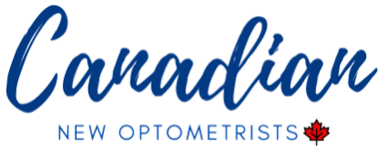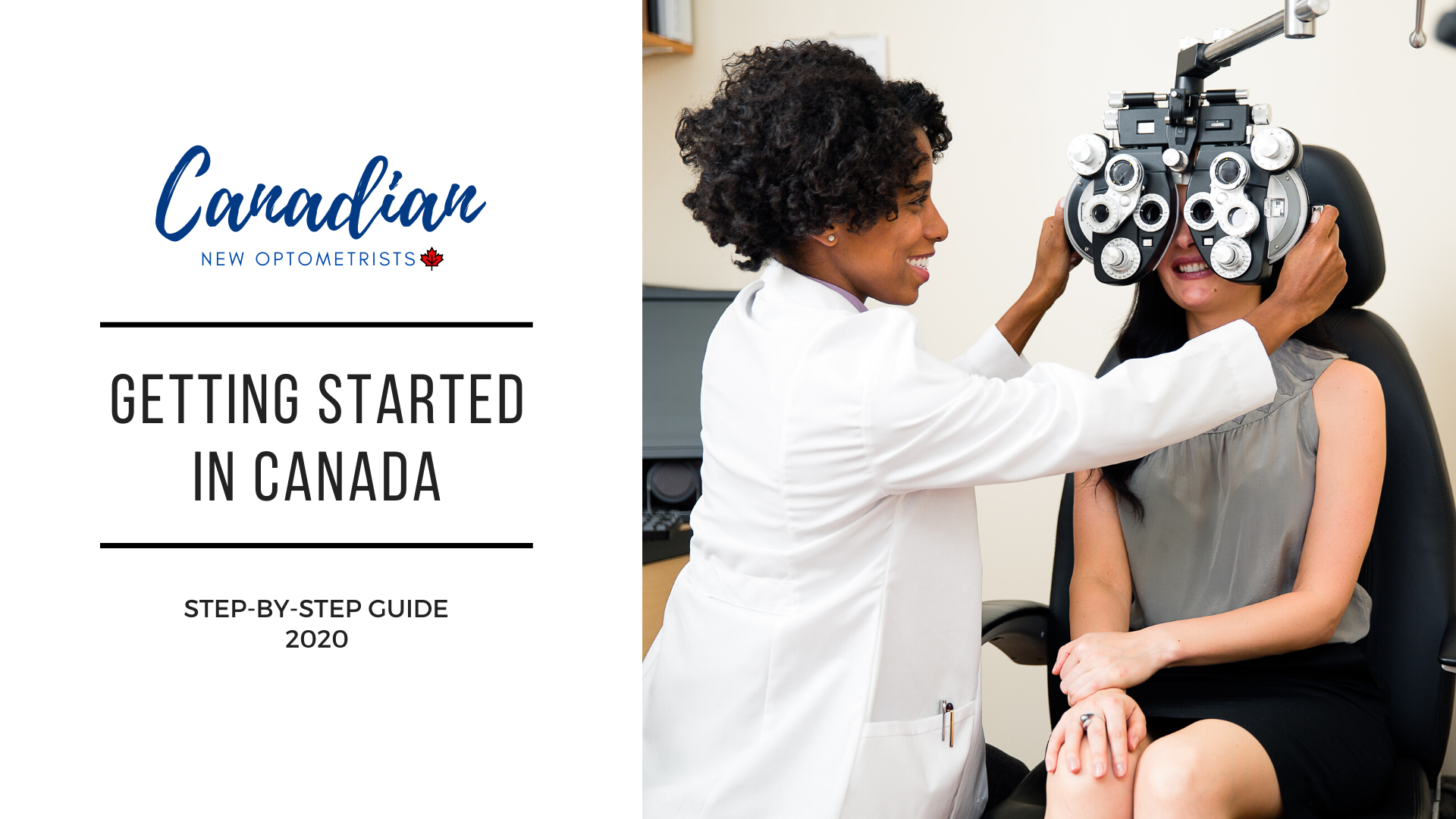For many young Canadian optometrists returning from their studies and residencies abroad, transitioning back to Canada marks a significant milestone. Starting out on the right foot helps to minimize the detours in your optometric journey and help you reach both your professional and personal goals faster! This article will focus on understanding how to get compensated as an optometrist in Canada.
Each payment model is influenced by practice dynamics, long term earning prospects and could indirectly affect the quality of patient care. As such, gaining a basic understanding of the different payment modalities is crucial as one begins their practice.
The following are the 3 most common compensation models that Canadian new ODs will encounter:
| Per Diem “Salary” | Percentage | Mixed | |
|---|---|---|---|
| Definition | Fixed amount paid to OD | Income is a % of revenue or fees | Base diem + percentage |
| Pros | Pay is independent of sales or slow/busy months Financial security | Unlimited earning potential Motivation to grow the clinic You are responsible for your success! | Guaranteed base salary – some financial security Some motivation to build the practice |
| Cons | Stagnant earning potential Complacency Busy months ≠ more income | Monthly fluctuations in compensation “Raise” is via generating more exam or dispensing fees, patient load or negotiating a higher percentage | Smaller bonuses compared to solely % based Slow months = minimal bonus |
| Risk | Low | High | Medium |
| Example** | $100,000/year $350/day | 50% of exam fees (non-dispensing) 20% of gross revenue | $70,000/year + 10% of glasses sales $25,000/year + 20% of glasses sales |
**All examples are hypothetical
1. Percentage (Production based)
The percentage model is set up to reward an individual for their success. Essentially, an individual is compensated based on the revenue they generate for the clinic. This percentage varies and depends on the streams of revenue available to the practice. Some practices define revenue as exams only, while others consider it to be a percentage of the gross revenue an associate brings in. It is important to note that within a contract, percentages can be set differently depending on the category the goods/services fall under.
For example: an individual could be compensated for 40% of exam fees + 5% of vision therapy sessions.
A popular compensation for full scope practices is to offer 20-25% of all gross revenue. This means a percent of all revenue generated (exams, glasses, contacts, dry eye products, VT will be allocated to your pay)
As this model is production based, the more patients you see, the more business you bring in, the higher your return. Effectively, you are the key to your own success – your earning potential is not capped! As a result, often doctors under this model have a higher degree of autonomy for scheduling and are more inclined to grow the practice. Patients often find it easier to establish continuity of care at such practices as well. At the end of the day, this is a win-win relationship that benefits you, the practice, and your patients!
Opposition to the percentage model is largely due to the high risk associated with fluctuations in monthly compensation. Initially, this makes it difficult to financially budget for, but within 6-12 months of being at a practice, most ODs who use this model can make rough predictions of their monthly income. Since the earning potential is uncapped, a standard lump sum raise is often not viable with this model. Raises tend to occur when goods/services fees increase or if a new percentage is negotiated. Consequently, productivity-based compensation can sometimes foster a competitive environment amongst colleagues in the same practice. Prior to adopting this model, it is important to inquire about how new patients are assigned in a clinic, whether or not there is seniority when scheduling patients for respective doctors and how often are you seeing follow ups/minor examinations from other doctors.
Patient centered matter: Since pay is directly tied to a clinic’s revenue, doctors may move to a volume-based practice approach to maximize the number of patients seen per day. This in turn could jeopardize the quality of patient care as exam times are often shortened. In other instances, the clinic or practitioner may bill for unnecessary additional testing (OCTs on every patient) or strive to recommend premium lenses or ocular health products.
The Flipside: Since pay is directly tied to a clinic’s revenue, doctors maximizing their schedules can accommodate both full and minor exams, thus often increasing access to same day care for red eye patients. Proactively conducting additional testing such as OCT can help identify and quantify the early onset of many ocular diseases which may not be apparent with a routine fundus examination. Offering patients premium lenses and ocular health products can ensure the patient is presented with the best options available to optimize their visual needs.
NEXT PAGE: Per Diem vs Mixed Compensation









